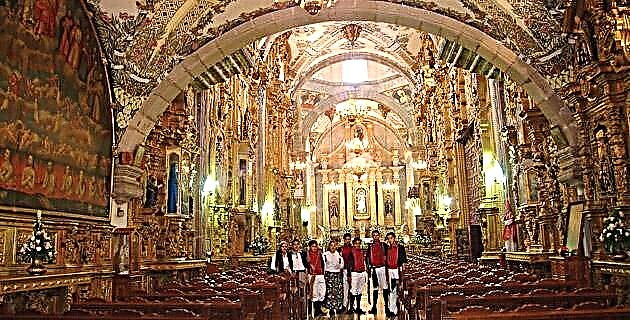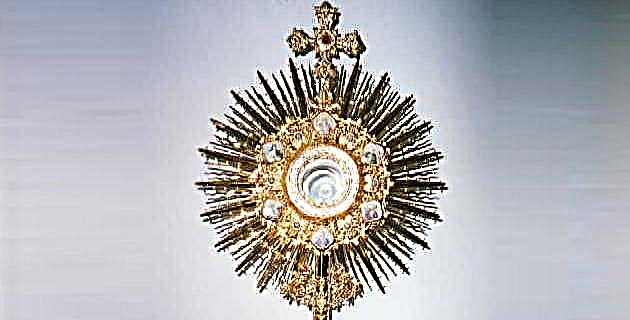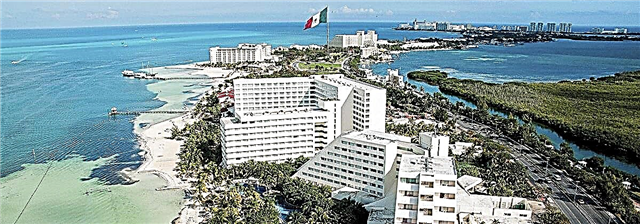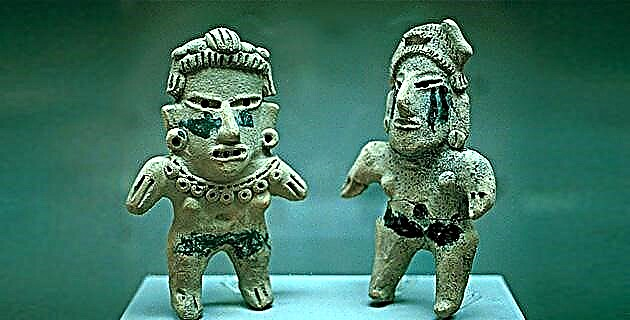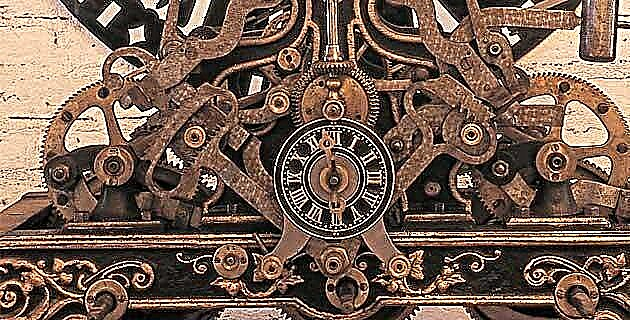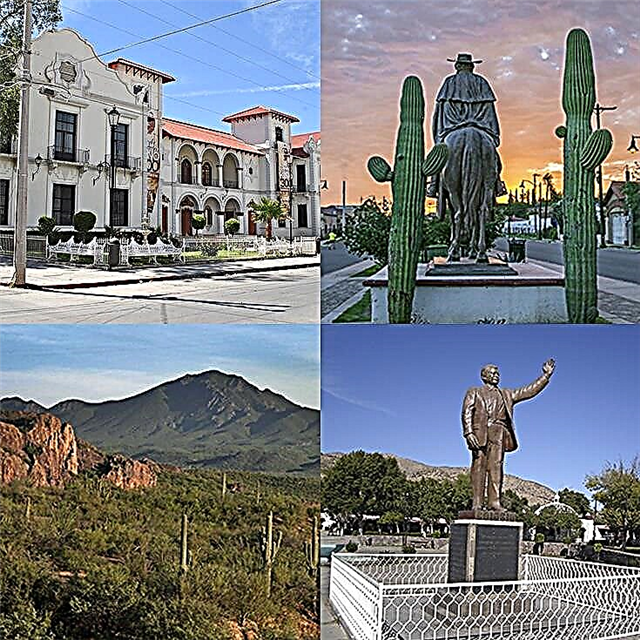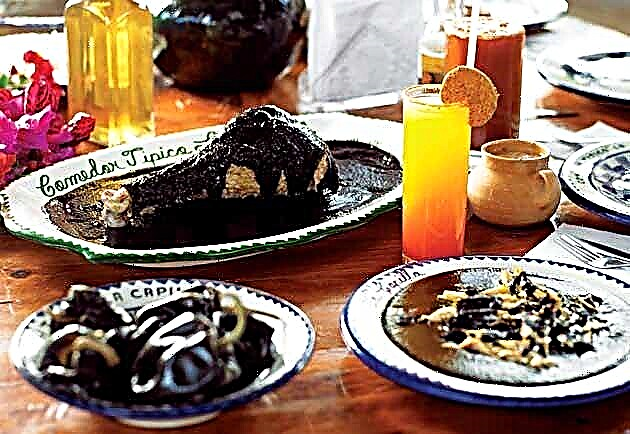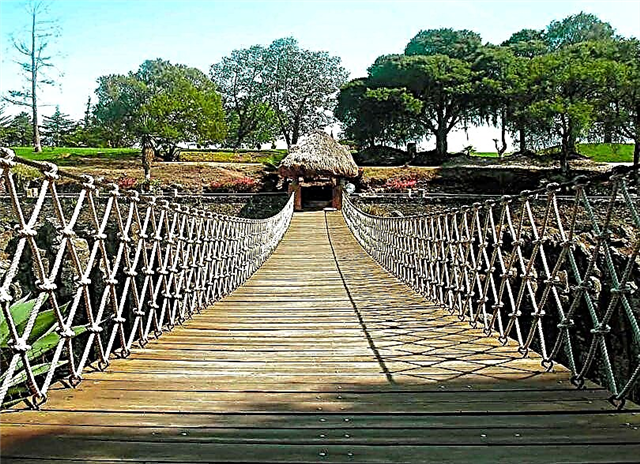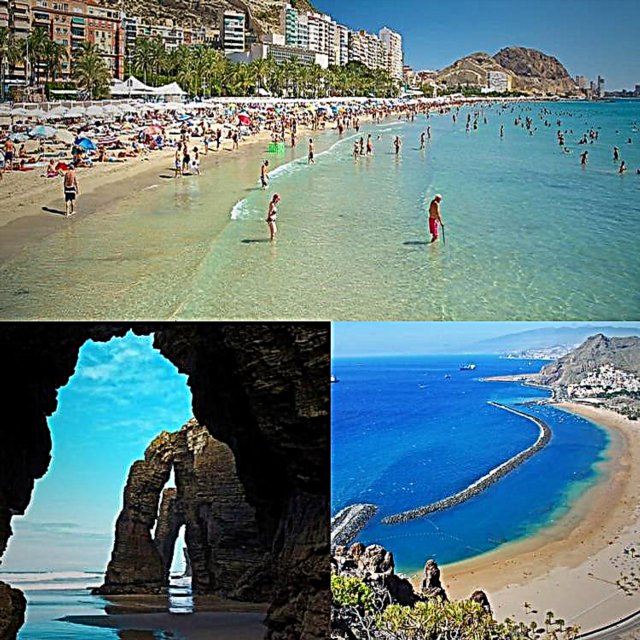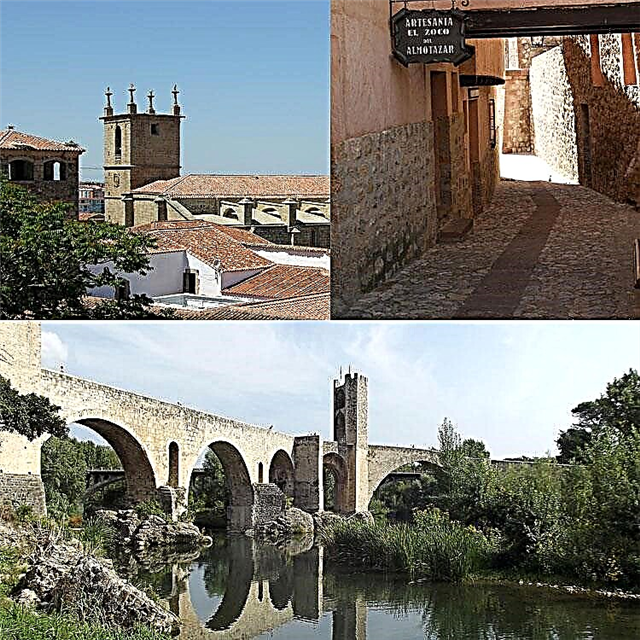We invite you to wear a helmet, morion, breastplate and other parts of armor; to take spear and sword, and to saddle the horse, so that we can travel together the 35 most beautiful medieval towns in Spain.
1.Cáceres
The largest municipality in Spain also has a majestic medieval and Renaissance town. Its Romanesque temple of Santa María de Càceres, the Palacio de las Veletas with its balustrade, pinnacles and gargoyles, and the Torre de Bujaco, are just some of the most representative monuments that bear witness to it.
2. Besalú
This Girona town has a medieval area of 5 square kilometers, in which a sober medieval bridge, the solemn simplicity of the San Pedro de Besalú monastery, the Jewish baths, the Royal Curia Palace and the Pilgrims' hospital stand out.
3. Urueña
Carrasqueños pride themselves on having the most imposing medieval citadel in Valladolid. They put as an example its magnificently preserved 12th century wall, the hermitage of Nuestra Señora de La Anunciada, a splendid example of Catalan Romanesque architecture and its castle.
4. Lugo
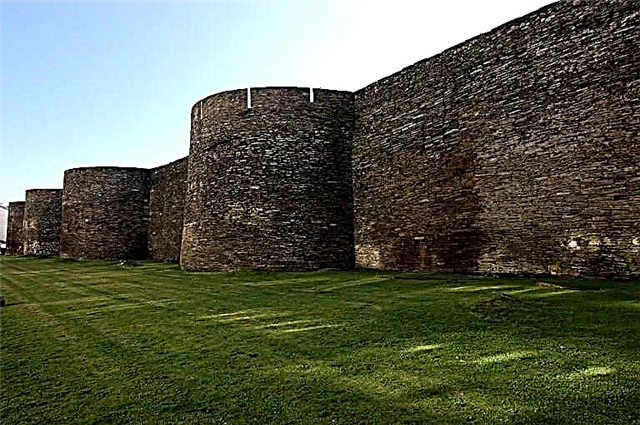
Galicians are also proud of their medieval towns and Lugo is one of the best examples. The oldest city in Galicia, founded in 25 BC. by the magistrate Paulo Fabio Máximo, it exhibits its Roman wall, the only one in the world that preserves its entire extension, the thermal baths, its temples and other monuments.
5. Pals
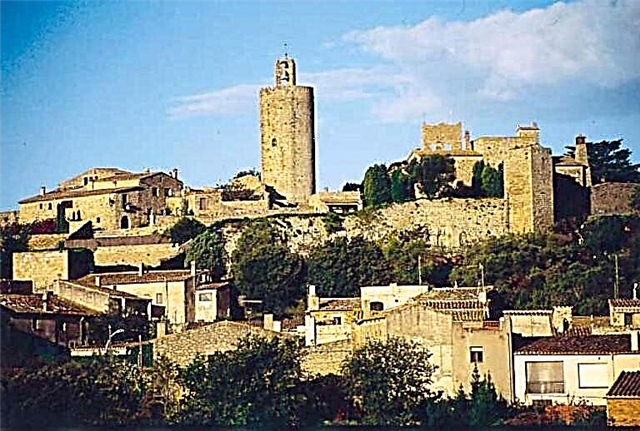
The Catalan town of Pals has a medieval center with documentary antecedents from the 9th century, when its castle is already mentioned. Other attractions of the Middle Ages are the Torre de las Horas, the Gothic quarter of streets and alleys paved with stone and its stately houses with semicircular arches and pointed windows.
6. Albarracín
This small Aragonese community with Celtic antecedents in the Iron Age has a medieval enclosure in which the castle stands out, the Cathedral of El Salvador with its Gothic ribbed vault; the Episcopal Palace, with a baroque façade, and the Torre del Andador, with an Arabic style.
7. Medinaceli
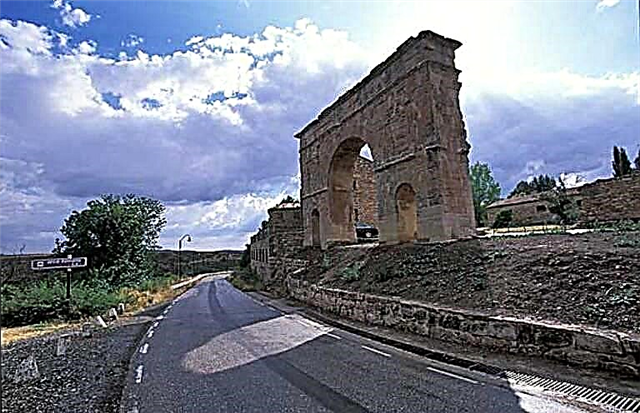
This Castilian town has an imposing medieval area. Its arch is worth seeing, the only example of a Roman triumphal arch in all of Hispania, the wide main square, the castle, the collegiate church and the Santa Isabel convent. The Ducal Palace, residence of the Duke of Medinaceli, is in the Renaissance style.
8. The swimming pool
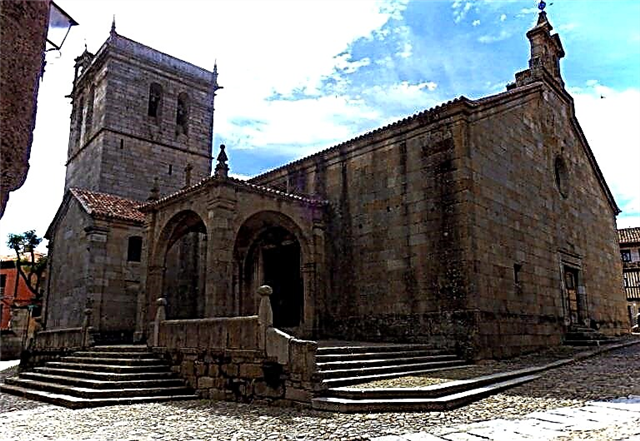
The Salamanca town of La Alberca, which should not be confused with the Murcian of the same name, stands out for its religious buildings and images from the Middle Ages. There is the church of Nuestra Señora de La Asunción, with its polychrome granite pulpit, the tower commissioned by the first Dukes of Alba de Tormes and several hermitages.
9. Beget
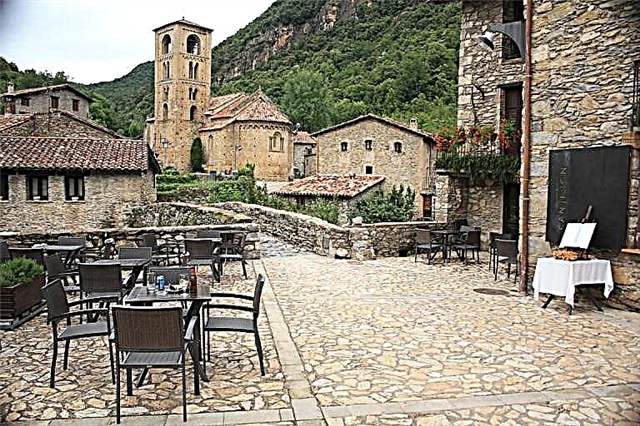
The most striking medieval characteristics of this Catalan town are its houses with stone walls and mud and lime mortar, and its Arabic tile roofs. The most important building is the Church of San Cristóbal, a Romanesque temple with a nave and a semicircular apse. The bell tower is a remarkable example of Lombard Romanesque in Catalonia.
10. Alquézar
This cozy town from Huesca began to make history since in the 9th century its castle-collegiate church was erected to defend against the Christian kingdoms of the Aragonese Sobrarbe. The Collegiate Church of Santa María la Mayor dominates the architectural landscape and we recommend you appreciate its fine trapezoidal Romanesque cloister and its fresco paintings. From Alquézar you can access the Sierra y Los Cañones de Guara Natural Park, where you can practice climbing and canyoning.
11. Castellfollit de la Roca
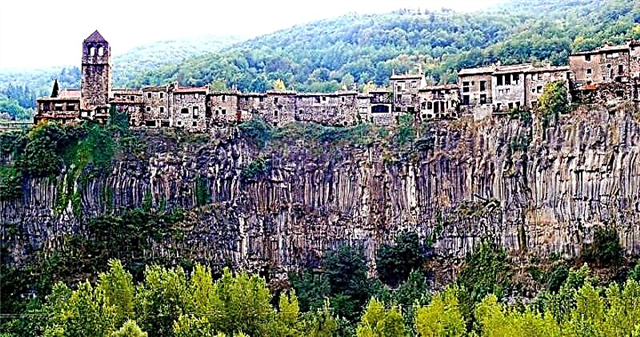
It is a medieval village of one square kilometer settled on a basalt rock that is part of the only active quarry in Spain. In the town on the cliff, the church with its bell tower stands out, guarding the handful of rustic houses as in a postcard from a thousand years ago. Castellfollit de la Roca is in the territory of the La Garrocha Volcanic Zone Natural Park, whose main attraction is the Santa Margarita Volcano.
12. Santillana del Mar
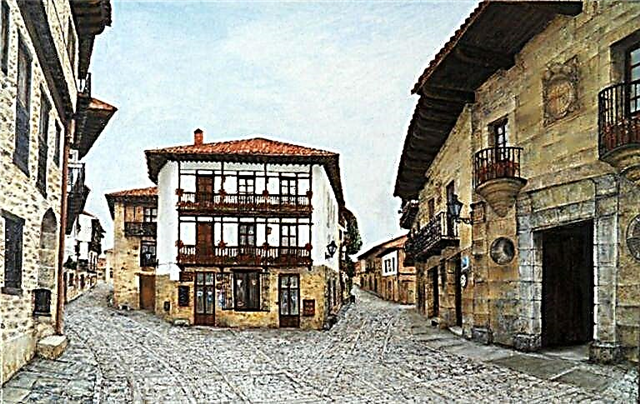
The colloquially called "Villa of the three lies" because it would not be holy, nor is it flat, nor does it have a sea, offers in exchange one of the most beautiful medieval helmets in Spain. In the town, the Collegiate Church of Santa Juliana and the palaces of Viveda and Mijares stand out. But its most famous location is the Altamira Cave, where some of the most important paintings and engravings of universal prehistory are located.
13. Consuegra
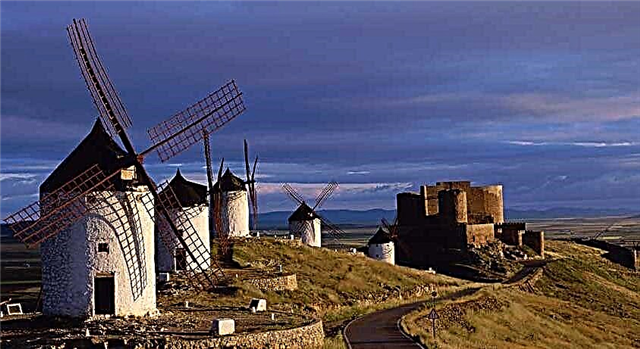
Its name has nothing to do with the beloved mothers-in-law, but derives from the times of the Roman Empire. In any case, it is worth going there, both with and without your mother-in-law, to admire the Castillo de la Muela, a 10th century building whose construction is attributed to Almanzor. Another attraction of the Toledo town are its 12 superbly preserved 16th century windmills.
14. Morella
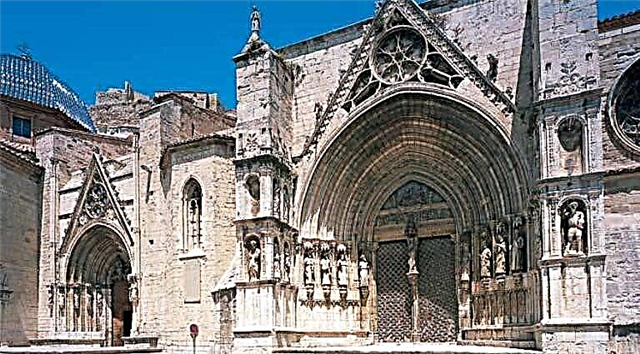
From its castle located at the top, with its governor's palace and its parade ground, there is a splendid view of the town. In the walled interior the Church of Santa María, the Convent of San Francisco, the City Hall Palace and the manor houses stand out. It is an ideal place to eat ternasco, the young lamb with which various dishes of the exquisite Castellón cuisine are prepared.
15. Miravet
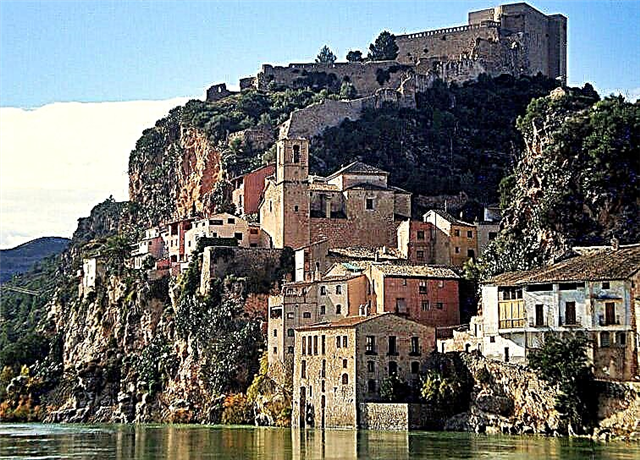
In the distance, guarding the community of 750 inhabitants, stands out the Templar castle, considered the second most important Romanesque fort in the country. Once in town, we recommend you stroll through its narrow and cozy streets and visit its old church. Don't miss out on the most romantic tradition of the place: taking a boat ride on the Ebro.
16. Aínsa
In the town of Aínsa in Huesca, the castle, the wall, the main square and the church of Santa María stand out. If you go in December, don't miss the "Punchacubas", artisan wine fair. The last Sunday in August is La Morisma, a popular theater that commemorates the reconquest of the place by the Christians.
17. Calatañazor
If you want to know a village from the Middle Ages without walking a lot, you have to go to Calatañazor. Most of the 70 inhabitants of this medieval relic from Soria settle down a steep street that ends at the Plaza de Armas. From a promontory, the Castillo de los Padilla watches over the town that seems petrified in the past.
18. Peratallada
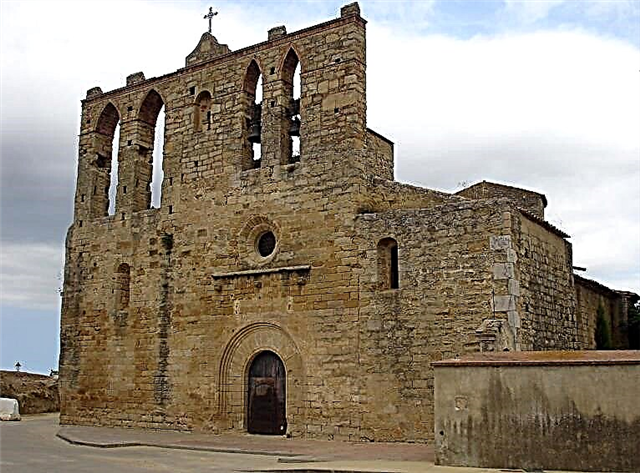
This beautiful medieval town in Gerona awaits you with its well-kept spaces and Catalan kindness. The most interesting sites are the Church of Sant Esteve, a 13th century temple; the 14th century palace, the Torre de L'Homenatge and the inevitable castle, whose existence is already documented in the 11th century.
19. Laredo
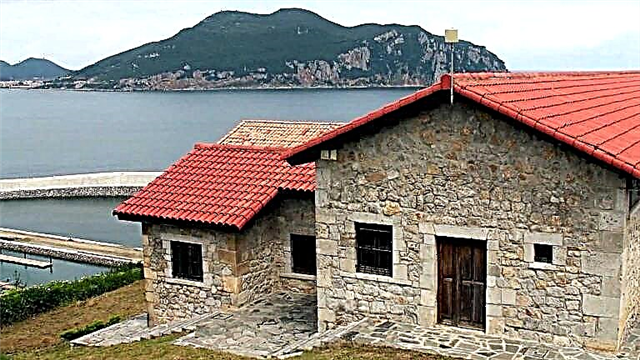
It is a medieval town facing the Cantabrian Sea, with a charming old town, where you must see the church of Santa María de la Asunción, the House of the Four Temporas and the Market Building or "fish square". Laredo is ideal for a night of drinks and in the third week of September the town commemorates the last landing of Emperor Carlos V.
20. Covarrubias
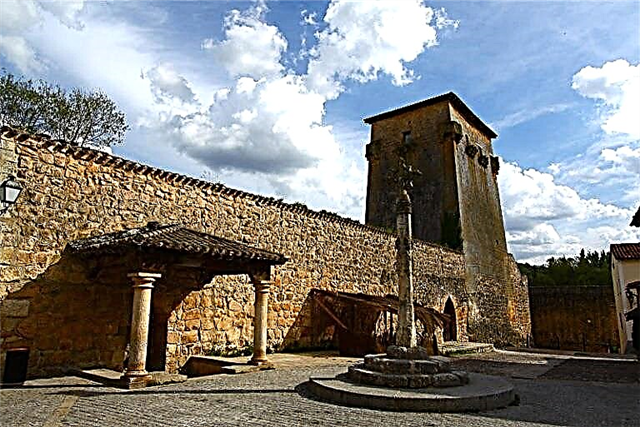
This old monastic manor is one of the three vertices of the Arlanza Triangle, a tourist denomination from Burgos that integrates together with Lerma and Santo Domingo de Silos. It contains a good number of medieval sites of interest, such as the wall, the collegiate church, the Torreón Fernán González, the Church of Santo Tomás and the Casa de Doña Sancha, a jewel of the town's traditional architecture.
21. Yours
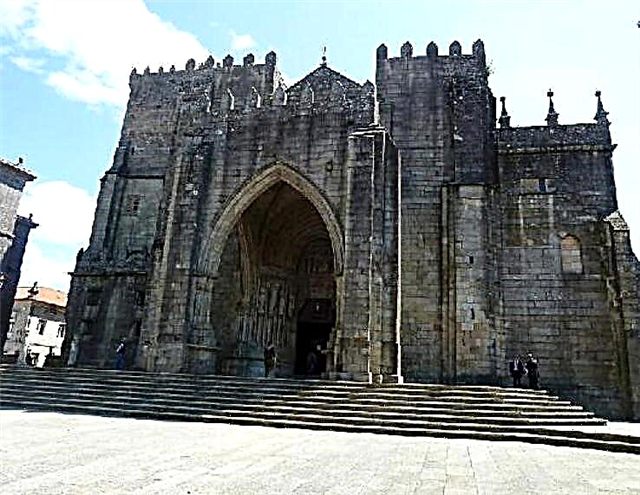
Many people go to this municipality of Pontevedra to admire the Cathedral of Santa María de Tuy or cross to Portugal by one of the bridges over the Miño. The 12th century Romanesque temple, with Gothic contributions, has the best preserved medieval cloister in all of Galicia. The biblical scenes of its main portal and its chapter house also stand out. The Diocesan Historical Archive and Museum and the Convent of the Clarisas are also very interesting.
22. Hervás
The point of origin of this medieval town was a hermitage built by Knights Templar in the 12th century. In the 15th century its Jewish quarter began to be formed, of which totally original buildings and pieces are preserved. Other emblematic buildings are the Convent of the Trinitarians, the Church of Santa María, the Town Hall and the Palacio de los Dávila.
23. Ayllón
This medieval Segovian enclave has a past that includes its destruction by the Romans in 190 BC. Among the Ayllonian monuments, the Palacio del Ayuntamiento, the Torre Vigía La Martina and the former convent of San Francisco stand out. An intense artistic activity takes place in the town throughout the year.
24. Vich
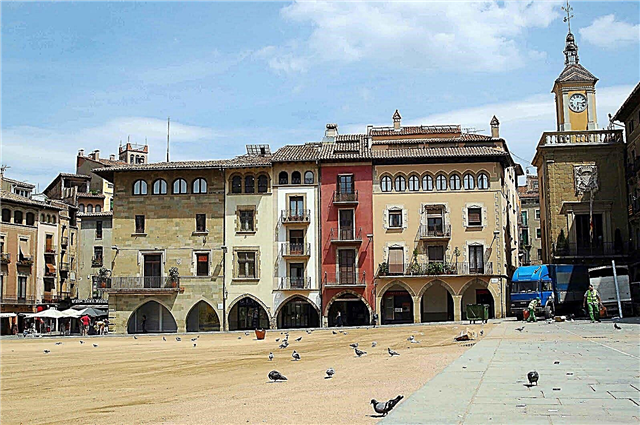
It is a Catalan town of high tourist interest for its medieval complex and its gastronomy. The Roman temple has a beautiful Corinthian capital and the Cathedral of San Pedro goes from Romanesque to Baroque, through Neoclassical and early and late Gothic. Another place of interest is the Museum of Leather Art, with trunks, chairs and other magnificent objects made of leather.
25. Peñaranda de Duero
The castle of this town in Burgos offers a beautiful view of the town. In the fortress, the keep with its wooden beams stands out. Two gates are preserved from the 15th century wall, while the Palace of the Counts of Miranda shows all its Renaissance sobriety, with its rooms beautifully decorated with coffered ceilings. A curiosity of the town is a 17th century pharmacy that still sells medicines and has a museum.
26. Puentedey
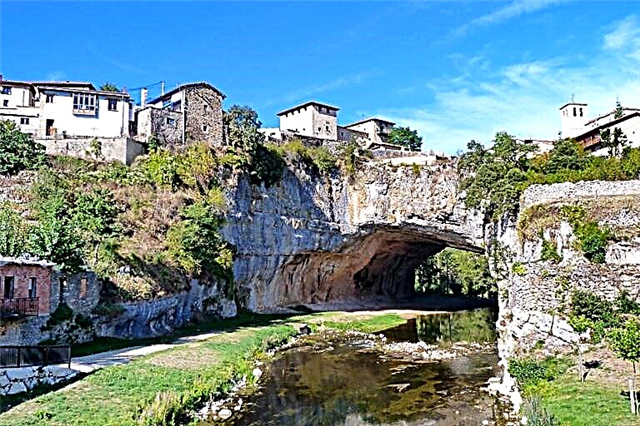
Another town in Burgos, located on a rock from which its 50 inhabitants look out over the horizon. Its main monuments are its church with Romanesque lines and the Palacio de los Porres. Nearby is the La Mea waterfall.
27. Peñafiel
The imposing castle of this Valladolid town has a profile that gives it a resemblance to a ship. Other valuable medieval buildings in the town are the Plaza del Coso, which becomes a bullring during the San Roque festivities; the Clock Tower of the Church of San Esteban and the Convent of San Pablo, where the remains of the Infante Don Juan Manuel and Juana de Aza, mother of Santo Domingo de Guzmán, rest.
28. Torla
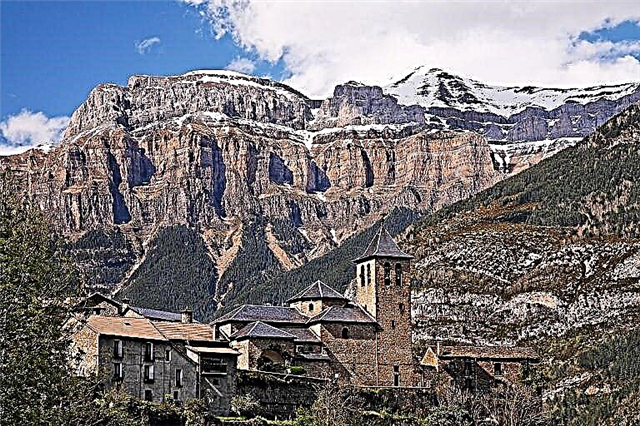
This Aragonese town of three hundred inhabitants is very close to the French border. Its most significant medieval monuments are the church of San Salvador with its altarpieces; the castle where today the Ethnological Museum is located and where you can see the medieval paintings of the Crypt of San Jorge, and its large houses.
29. Montefrio
The Montefrieños are proud of their castle and their Optical Towers, the three watchtowers (of the Cortijuelo, the Rings and the Guzmanes) erected as part of the defensive system of the fortress during the Nasrid Kingdom of Granada. If they offer you old clothes, do not be offended, it is a shredded meat that the Andalusians prepare exquisitely.
30. Cold
In this peaceful town of Burgos you can immerse yourself in the Castilian origins, since it is part of the Raíces de Castilla community, together with the municipalities of Oña and Poza de la Sal. It has the name of city and with its 265 inhabitants, it is the smallest of Spain. The buildings that symbolize its medieval history are the Roman road, the 143-meter Romanesque bridge, the Castle of the Dukes of Frías and the hanging houses.
31. Pedraza
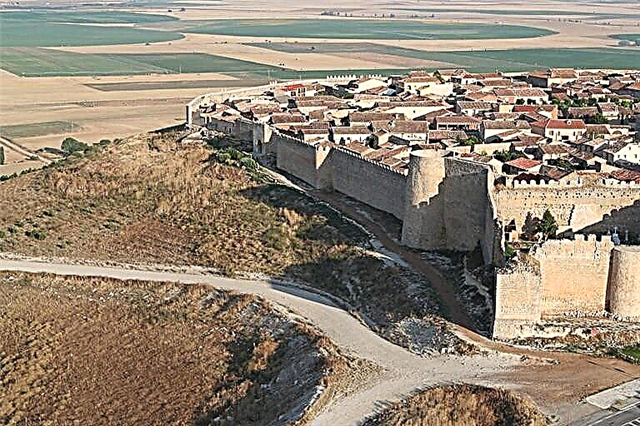
The walled town of Pedraza welcomes you through its medieval door, which is its only access. The porticoed main square is a dream and it seems that at any moment a nobleman from Segovia will appear on horseback and spear at the ready. Other interesting structures are a 13th century jail and the Church of San Juan.
32. Valldemossa
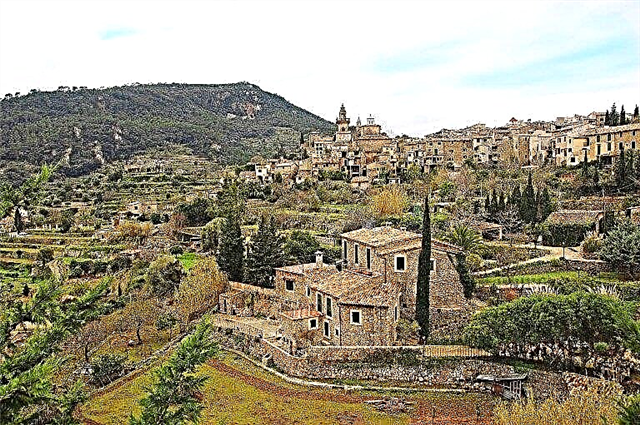
It is one of the most beautiful medieval testimonies of insular Spain. It is located on the western side of the island of Mallorca, where it awaits you with its famous Carthusian monastery, which was the love nest of Frederic Chopin and the novelist George Sand. Among its medieval mansions, the one where Santa Catalina Tomás was born is preserved.
33. Bárcena Mayor
source:you haveplaneshoy.com
This Cantabrian town of less than a hundred inhabitants, surrounded by oak and beech forests, has a charming presence with its medieval mountain architecture. It is the only inhabited place within the Saja-Besaya Natural Park and from the town you can climb Alto Abedules, a 1,410-meter mountain that separates the Fuentes and Queriendo rivers.
34. Olite
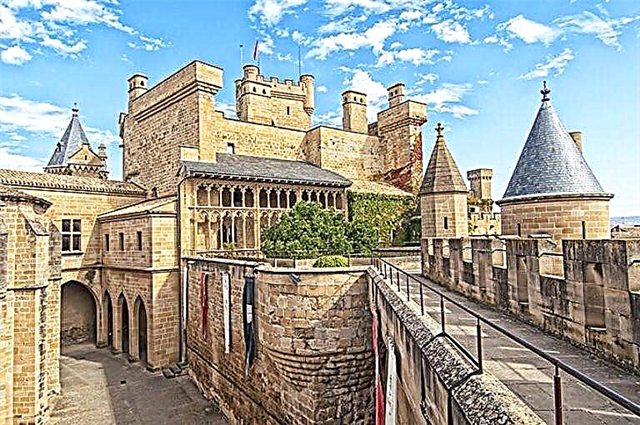
This Navarre merindad (in the past, a territory ruled by a Merino) has magnificent monuments from the Middle Ages, such as the Palace of the Kings of Navarra, the Old Palace or the Teobaldos, the Romanesque-Baroque church of San Pedro and the Gothic church of Santa María La Real, in which an altarpiece by the Spanish Renaissance painter Pedro de Aponte is exhibited.
35. Toledo
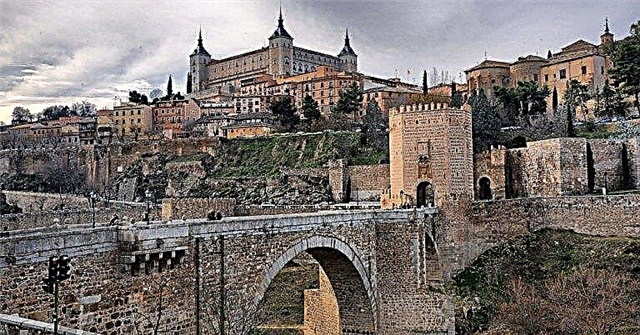
We close our walk through the Middle Ages in Toledo, a city whose interest far transcends medieval times. There are too many essential sites in Toledo. A short list has to include the Alcázar, the Castillo de San Servando, the Cathedral of Santa María, the Monastery of San Juan de los Reyes, the El Greco Museum, the Tránsito Synagogue and the Church of San Ildefonso, patron of the city.
Did you end up somewhat tired from the 30 kilos of your medieval clothing and sore from jumping on the horse saddle? We are going to rest and refresh ourselves with a sangria, while we organize the next trip.

